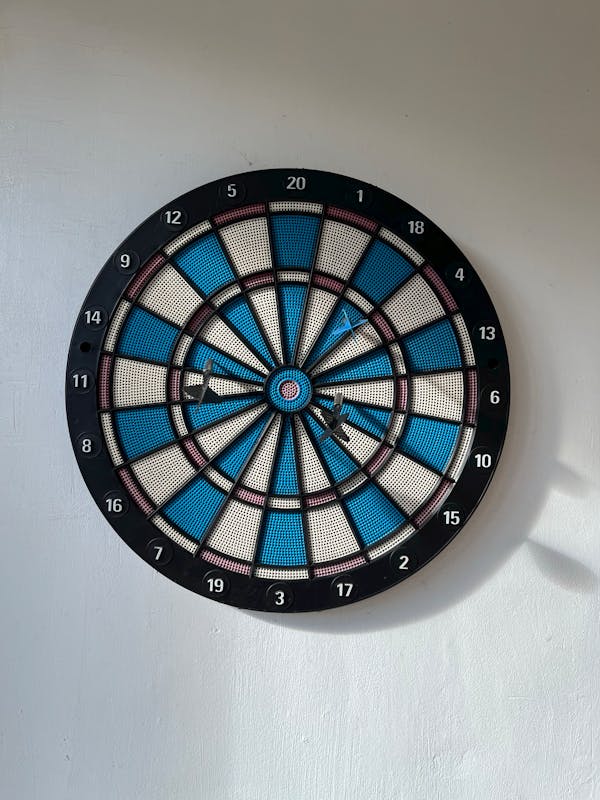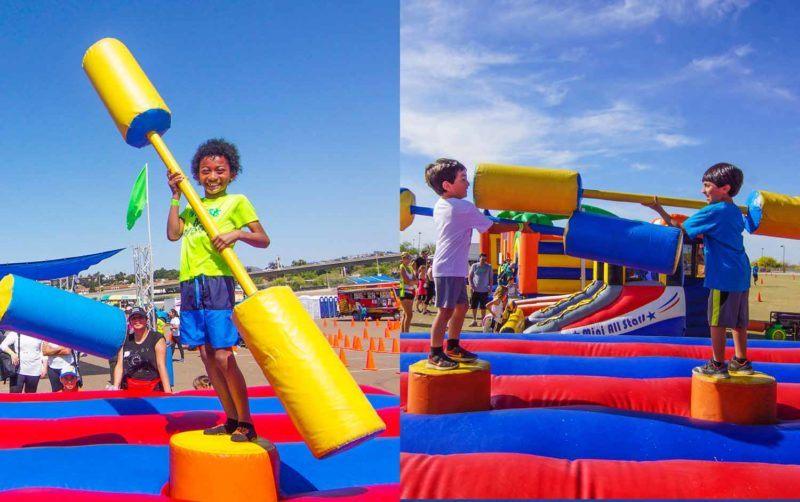Baseball is a game of precision, strategy, and athleticism. To excel on the field, players must not only master their skills but also maintain optimal physical fitness. This is where baseball strength and conditioning come into play. In this comprehensive guide, we’ll explore the essential components of a well-rounded strength and conditioning program tailored specifically for baseball players. Additionally, we’ll touch upon the importance of structured baseball practice plans to integrate these conditioning principles seamlessly into your training routine.
The Fundamentals of Baseball Strength and Conditioning
Functional Strength Training:
Baseball involves a combination of explosive movements, agility, and endurance. Functional strength training focuses on enhancing these specific aspects, incorporating exercises that mimic the motions and demands of the game. Squats, lunges, and medicine ball throws are excellent examples of functional strength exercises that target the muscle groups essential for batting, throwing, and fielding.
Core Stability:
A strong core is the foundation for athletic performance in baseball. Core stability not only aids in generating power but also plays a crucial role in maintaining balance during dynamic movements. Incorporate exercises like planks, Russian twists, and medicine ball slams to strengthen the core and enhance overall body control.
Explosive Power Development:
Baseball demands explosive power, especially during actions like pitching, hitting, and sprinting. Plyometric exercises, such as box jumps, explosive push-ups, and medicine ball throws, can help improve fast-twitch muscle activation, resulting in increased power output on the field.
Agility and Speed Training:
Quick reflexes and agility are paramount in baseball. Incorporate ladder drills, cone drills, and shuttle runs into your training routine to enhance footwork, change of direction, and overall speed. This type of conditioning is invaluable for infielders making split-second decisions and outfielders covering ground rapidly.
Endurance Conditioning:
Baseball is a game that can be physically demanding over a prolonged period. Endurance conditioning ensures players maintain peak performance throughout the game. High-intensity interval training (HIIT), long-distance running, and sport-specific conditioning drills are effective methods to improve cardiovascular endurance.
Baseball Practice Plans: Integrating Strength and Conditioning
Now that we’ve covered the essential components of baseball strength and conditioning, let’s explore how to seamlessly integrate these principles into your baseball practice plans.
Structured Warm-Up:
Begin each practice session with a dynamic warm-up that includes mobility exercises, light jogging, and dynamic stretches. This prepares the body for the specific demands of the practice while reducing the risk of injuries.
Position-Specific Drills:
Tailor strength and conditioning exercises to the specific needs of each position. For example, pitchers may focus on shoulder stability and explosive leg power, while infielders can benefit from lateral movement drills and quick reflex exercises.
Circuit Training:
Design circuit training routines that incorporate a variety of strength and conditioning exercises. Players can rotate through different stations, addressing various aspects of their fitness in a time-efficient manner. This not only keeps practices engaging but also ensures a well-rounded approach to conditioning.
Incorporate Game-Specific Scenarios:
Simulate game situations during practice to enhance the transferability of strength and conditioning gains to actual gameplay. For instance, set up drills that mimic a double play, outfield catches, or batting scenarios to reinforce muscle memory and conditioning in context.
Recovery and Regeneration:
Dedicate a portion of each practice to recovery and regeneration. This can include static stretching, foam rolling, and low-intensity exercises to promote flexibility and reduce muscle soreness. Adequate recovery is a crucial component of long-term athletic success.
Conclusion
In conclusion, baseball strength and conditioning play a pivotal role in elevating players’ performance on the field. By incorporating functional strength training, core stability exercises, explosive power development, agility and speed training, and endurance conditioning, players can enhance their overall athletic abilities.
Furthermore, integrating these principles into structured baseball practice plans ensures a holistic approach to player development. Tailoring drills to position-specific needs, incorporating circuit training, simulating game scenarios, and prioritizing recovery contribute to a comprehensive strategy that maximizes the effectiveness of strength and conditioning efforts.
As you embark on your journey to peak performance in baseball, remember that consistency and dedication are key. Implementing a well-rounded strength and conditioning program alongside thoughtful practice plans will undoubtedly contribute to your success on the diamond. So, step up to the plate, embrace the challenge, and let your commitment to excellence propel you to new heights in the game of baseball.






